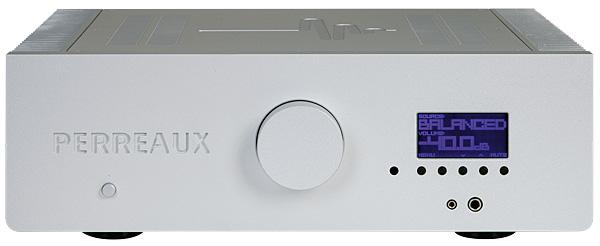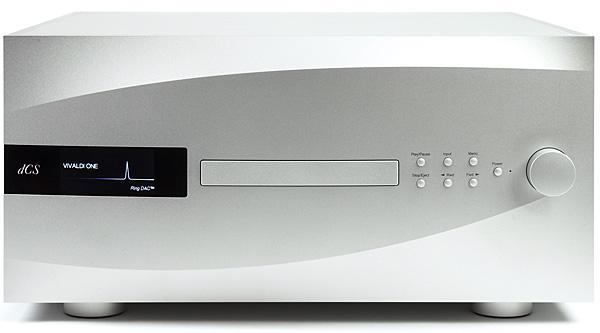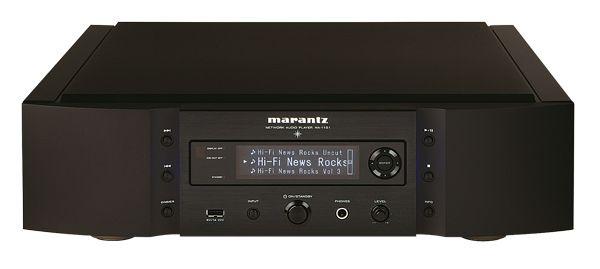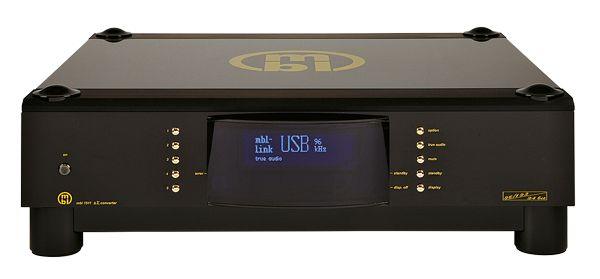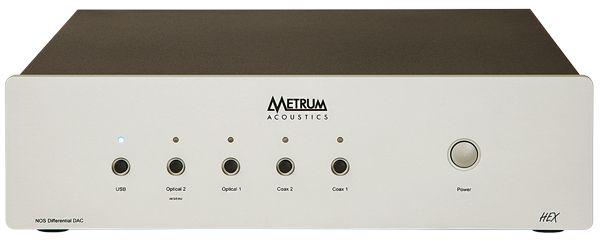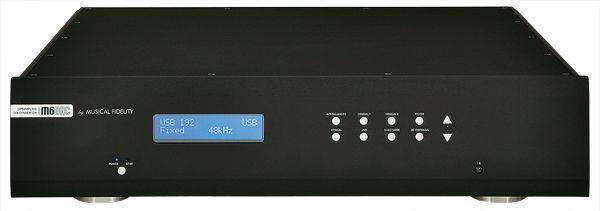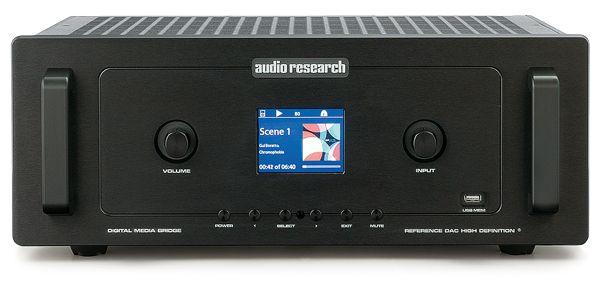|
May 01, 2018
|
Apr 01, 2018
|
Apr 01, 2018
|
Feb 01, 2018
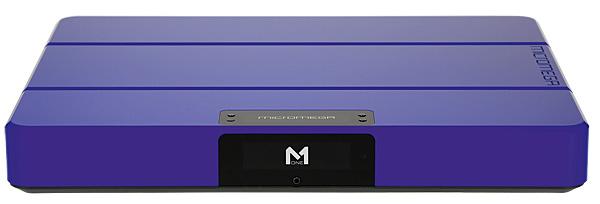
 This slimline amplifier from an established French brand may suggest another product from the same country, but it's a very different prospect with some unique features
This slimline amplifier from an established French brand may suggest another product from the same country, but it's a very different prospect with some unique features
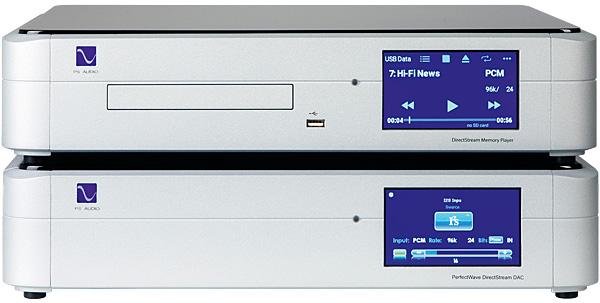
 Claiming to be 'the last digital front-end you will ever need', can this combination of wide-ranging compatibility and ongoing upgrades match up to that ambition?
Claiming to be 'the last digital front-end you will ever need', can this combination of wide-ranging compatibility and ongoing upgrades match up to that ambition?

